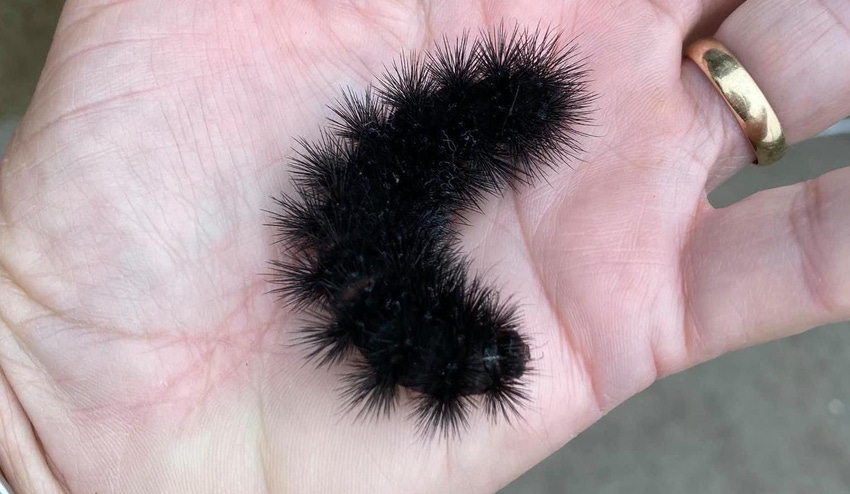
“Oh, ye of little faith…”
In January I wrote a column publicly casting doubt on one of Mother Nature’s most accurate winter weather prognosticators — the woolly worm.
In February, we had the winter storm of the century.
To bring you up to speed, legend says the darker and thicker the bands on the woolly worm, the colder the winter will be. After finding several solid black woolly worms, I was anticipating a cold winter, but feared it wouldn’t materialize. I said as much in the column.
As I was stuck in the house for a week in February, first watching three inches of ice make my driveway impassable, then watching another six inches of snow fall, creating a postcard-worthy winter scene that resembled Vermont more than Tennessee, I had a lot of time to think about that column. On one hand, I’m thrilled this piece of folklore from my childhood proved true yet again. On the other, I’m a little embarrassed I was busted for my disbelief. Plus, in my thin-skinned Southern opinion, cold weather is never a reason to celebrate.
But I do know I will never, ever, EVER doubt the woolly worms again.
I felt I needed to write a retraction. In my defense, it was a pretty ho-hum winter up until mid-February. However, that week made up for the entire season and then some. The woolly worms may be late, but don’t count them out.
During my short time here with Farm Press, I have received more feedback from readers on that column than anything else I’ve written. I think my editor may be considering moving me to the “Old Wives Tale” beat. My next story will cover Grandma’s knee pain and the subsequent effect on the spring planting window.
Jokes aside, there is something to these old weather sayings, or they wouldn’t have stuck around so long. Many readers have shared their own favorite weather predictions with me. They’re fun and fascinating, but mostly they increase my appreciation for those who came before modern technology. When you didn’t have a phone in your pocket that could provide farm-level weather forecasts for the next 15 days, you had to pay attention to the ring around the moon and the red sky at night.
Don’t get me wrong, I’m definitely not trading in my weather app. Just admiring the attentiveness to nature that formed these connections — which sometimes seem more reliable than the TV forecaster.
The February weather event was actually two distinct storms. The Weather Channel dubbed the first storm Shirley and the second, Uri.
My grandfather, the one who taught me about woolly worms in the first place, his name was Shirley. As I huddled in my house, I couldn’t help but smile. Another sign to not forget lessons from the past and to keep the faith.
About the Author(s)
You May Also Like






